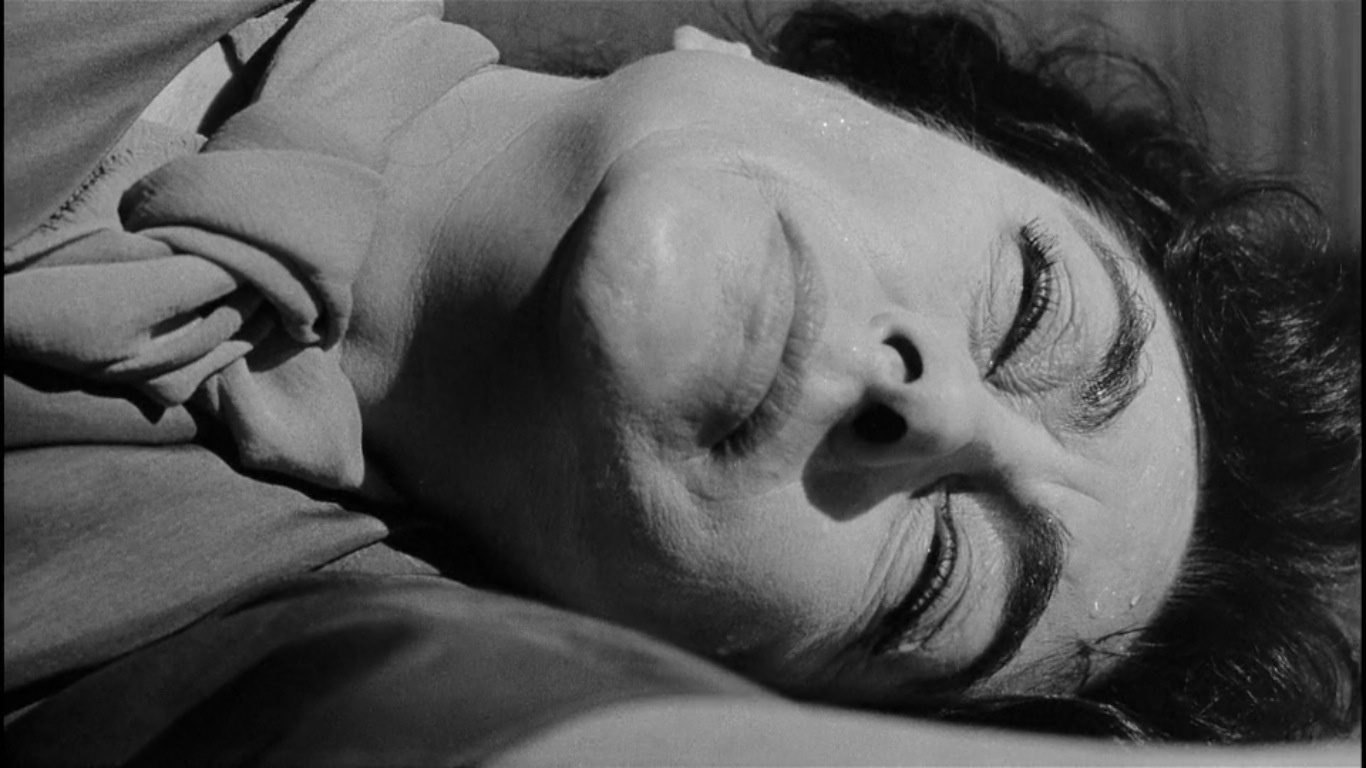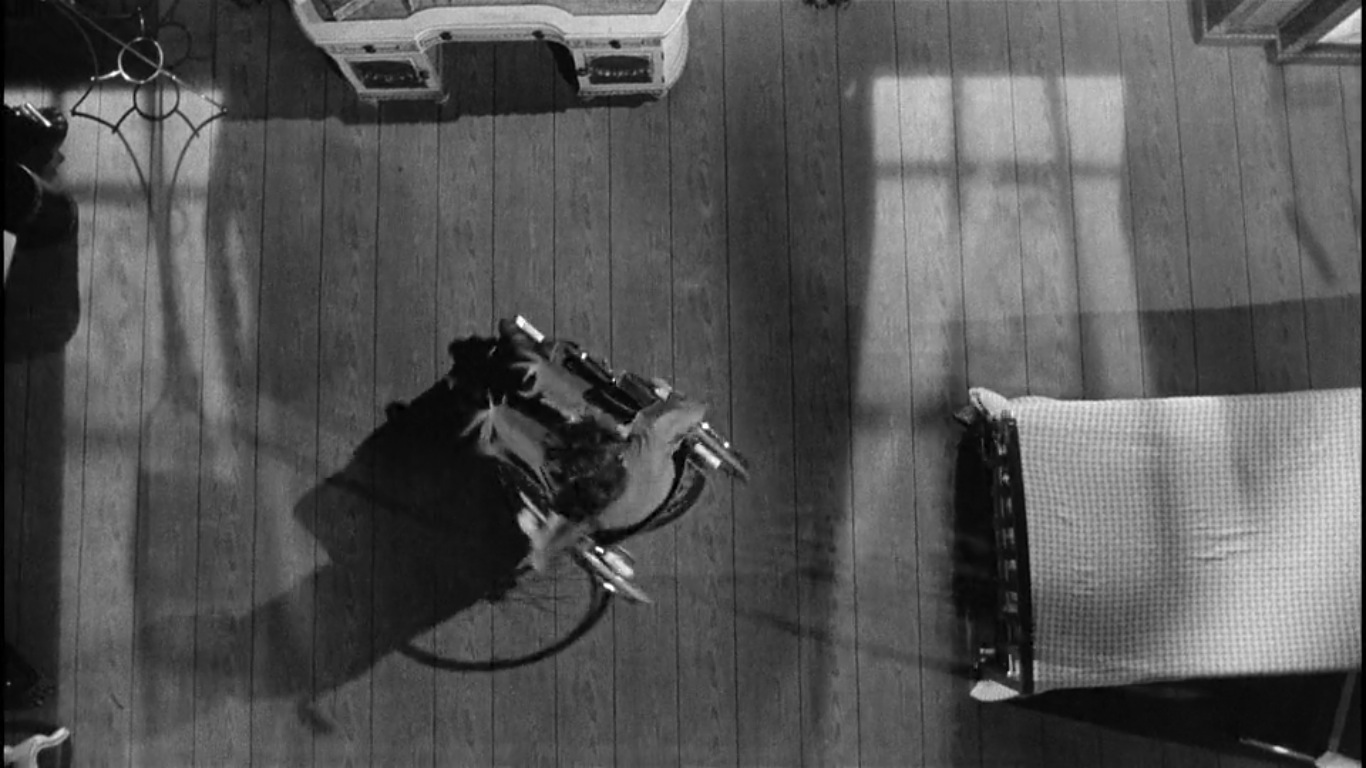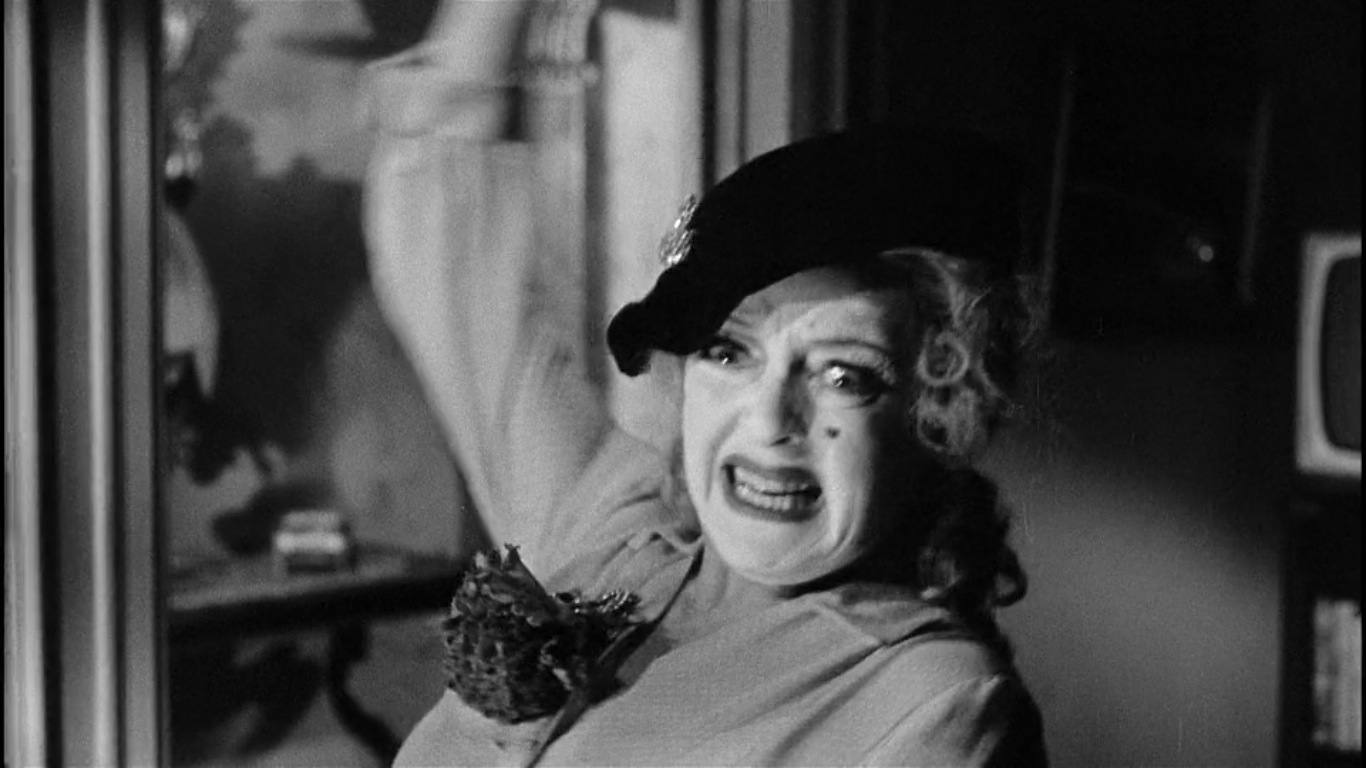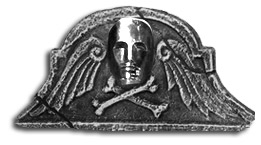Boo! It's "Oscar Horrors". Each evening 'til Halloween we look back on a horror-connected Oscar nomination. Here's David on the cinematography of a camp classic...
What Ever Happened to Baby Jane? is hardly remembered as a horror classic; its camp reputation precedes it, as its recent appearance on RuPaul’s Drag Race: All Stars attests. (Only the finest for that crop of drag queens!) While the film is not what we might traditionally think of as a horror film, it has the same elements of lost souls, grotesque faces and physical cruelty that you might expect from any product of the genre. Just one year after Alfred Hitchcock changed the genre forever with Psycho, Baby Jane features a close-up of Joan Crawford’s face mushed against the floor - an eerie recall of Janet Leigh’s glassy-eyed demise.

Ernest Haller’s Oscar-nominated black-and-white cinematography plays with light and shade in a strikingly similar manner to his film noirs (which included Crawford’s Oscar-winning role in Mildred Pierce). Here, she gets the kinder lighting, her tired features often dancing under shadow, but the harsh lights really fry Bette Davis, whose pale, exaggerated make-up is cast into the brightest, most unforgiving of lights to really play up her ageing desperation to retain some vague essence of her child star persona. An alarmingly oversize doll of Baby Jane often occupies a corner of the screen or rests next to the camera, both a reminder of her youth and an unnerving accessory to her crimes.

Haller has some real fun with his camera angles, mostly memorably in a striking aerial shot where Blanche spins hopelessly in her wheelchair, desperately looking for a way to escape her prison. The way he depersonalises the moments of violence, both mental and physical, are where the film's horror lies: Blanche’s distress as she speeds back away from her dinner, the camera crouching under her desk as if the dead rat she’s just been served is gazing straight back at her. When Jane beats her sister with that remarkable brutality, the camera hides in the hall, framing Jane in the doorway like a murderer, her victim hidden off-screen. Then cut to, again, the crouch, a body dragged away by a hand, the faces and souls of the sisters absent, lost.

Or a hammer, considered and picked up just before the film’s purest moment of horror places Baby Jane’s face back on centre screen instead. The killing blow to poor Elvira is shown only through Jane’s manic face as she attacks, the camera subjected to the height of her violent episode, and in that moment, the audience must make their own decision as to whether Jane’s violence is a desperation rooted in a need to protect herself, or the darkest manifestation of a woman already deeply mired in madness. Ultimately, it’s that teetering line that motors What Ever Happened to Baby Jane?: camp, ghoulish horror mixing with dark motivations that seem all too realistic.

Season 3 Oscar Horrors is a Wrap
The Bad Seed - Supporting Actress
Bram Stoker's Dracula - Makeup
Dr Jekyll & Mr Mouse -Animated Short
Flatliners - Sound Editing
Fatal Attraction - Film Editing
Kwaidan - Foreign Film
Misery - Actress
Pan's Labyrinth - Production Design
The Sixth Sense - Picture
Sleepy Hollow - Production Design
Sweeney Todd - Best Actor
The Uninvited - Cinematography